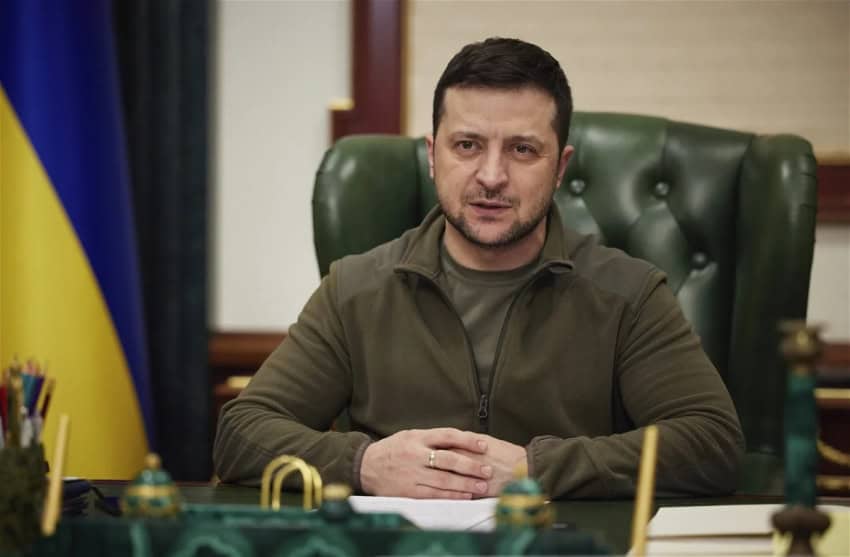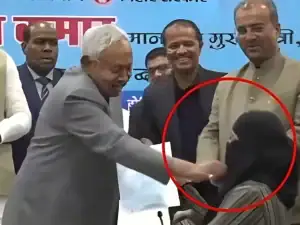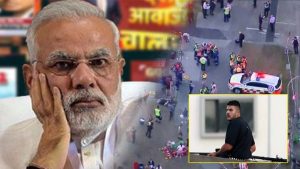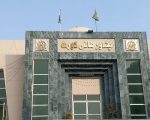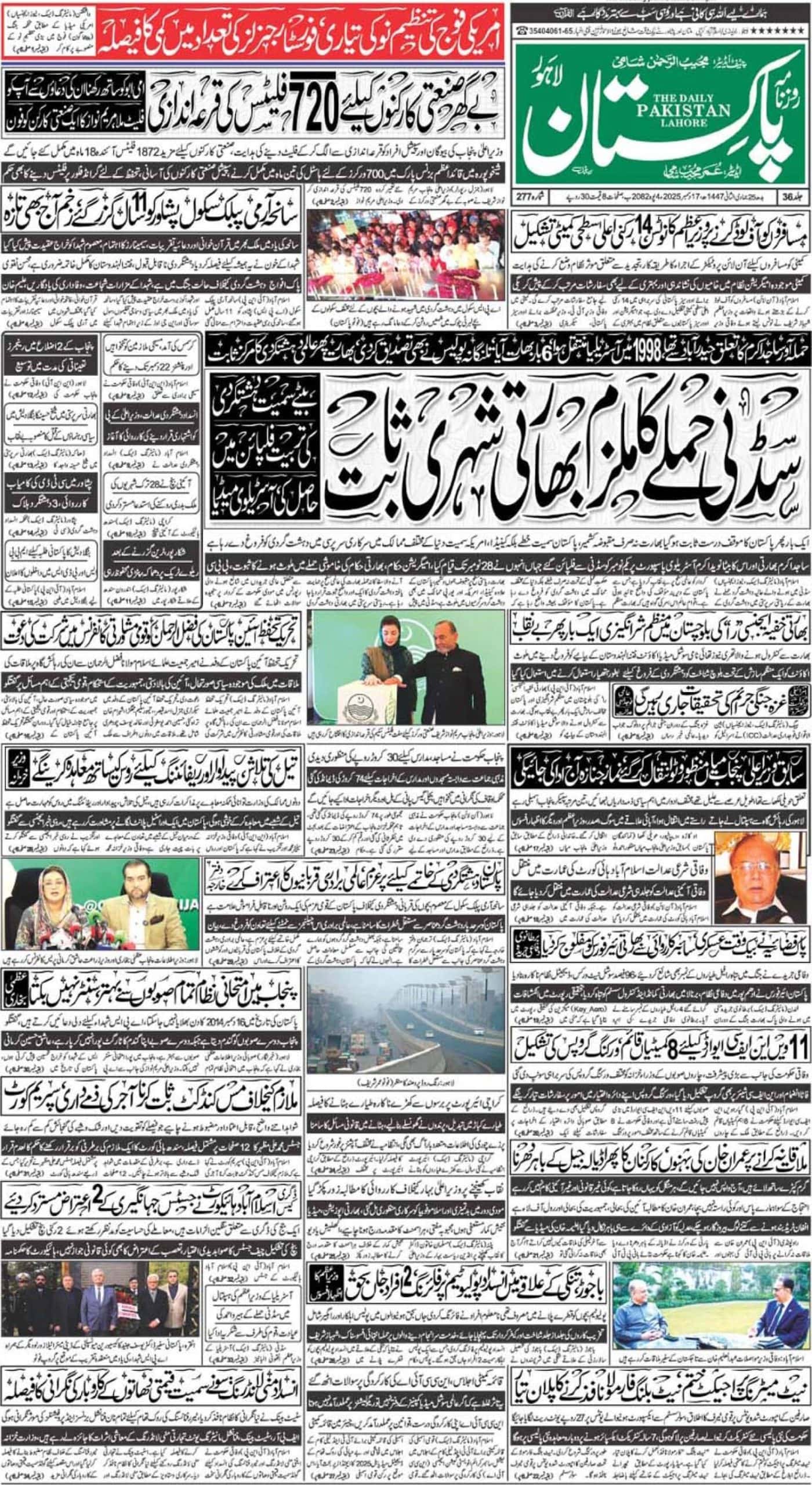Russia on Tuesday put Ukrainian President Volodymyr Zelensky on its wanted list.
Joining him on this list is his predecessor, Petro Poroshenko, both facing unspecified criminal charges as per the Russian Interior Ministry.
Poroshenko, who held the Ukrainian presidency from 2014 to 2019, is accompanied by General Oleksandr Pavlyuk, the commander of Ukraine’s ground forces, on this roster of wanted individuals.
Russian authorities have yet to detail the allegations against any of the listed persons. However, the inclusion of individuals from former Soviet states alongside Ukrainians suggests a broad assertion of authority beyond Russia’s borders, reminiscent of claims often made by the US.
In response, Ukraine’s Foreign Ministry issued a statement online, dismissing Zelensky’s inclusion as a testament to what it termed “the desperation of the Russian state machine and propaganda.”
This list extends beyond Ukrainian figures, incorporating officials and lawmakers from NATO countries. Notably, it includes Kaja Kallas, the Prime Minister of Estonia, a NATO and EU member. Kallas has been vocal in advocating for increased military support for Kiev and tougher sanctions against Moscow. Russian officials cited Estonia’s efforts to remove Soviet-era monuments as the reason for Kallas’s inclusion.
Similarly, cabinet ministers from Estonia and Lithuania find themselves on the list, alongside the prosecutor of the International Criminal Court, who had previously prepared a warrant for President Vladimir Putin’s arrest on war crimes charges.
Among those charged by Moscow is Kyrylo Budanov, head of Ukraine’s military intelligence, accused of engaging in what Russia terms terrorist activities, including drone strikes on Russian infrastructure.
Russia’s military intervention in Ukraine in 2022 purported three main objectives: “de-Nazification,” “demilitarisation,” and “de-communisation.” The former refers to the influence of neo-Nazi groups within the Ukrainian government and armed forces, while demilitarisation aims at severing ties with NATO. De-communisation, meanwhile, suggests a revision of Ukraine’s borders, originally defined during the Soviet era.

